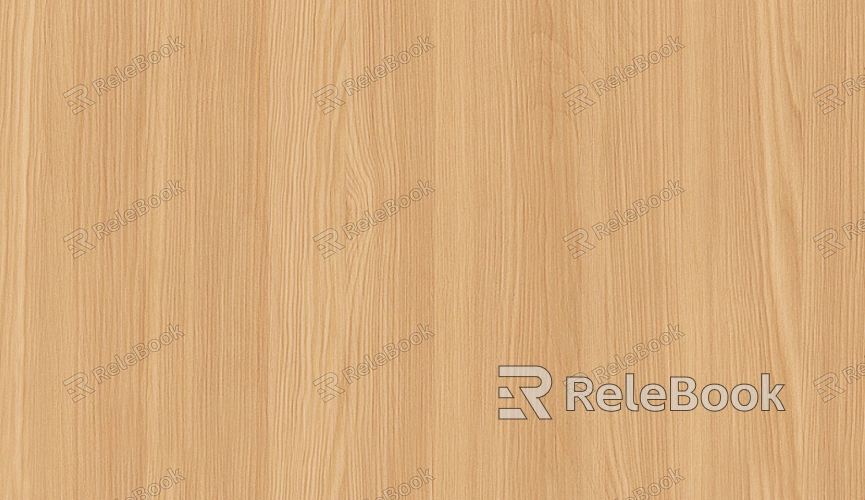Why Textures Are Important in Images and Mapping?
In 3D design, the importance of textures is often underestimated. Whether in computer-generated imagery, game design, or virtual reality, the application of textures is indispensable. Textures are not merely decorative; they play a crucial role in visual effects, realism, and user experience. This article explores the significance of textures in images and mapping, explaining how they enhance image quality and functionality.

Enhance Visual Realism
Textures add detail to images, making them appear more lifelike. In computer-generated imagery, simple color fills can often seem monotonous. By applying textures, you can simulate minute features on an object's surface, such as bumps, scratches, or dirt, making the image more vivid and realistic. This effect is particularly crucial in games and simulation software, which demand high levels of realism to enhance immersion.
Enhance Visual Depth
Textures are not just surface decorations; they can also provide a sense of depth. With appropriate texture mapping, a flat image can exhibit a three-dimensional effect. This sense of depth is achieved through the details of the texture and the interplay of light and shadow. For example, a textured stone will appear more three-dimensional than a flat, non-textured surface. This visual depth is vital for user experience, especially in applications requiring high interactivity and visual feedback.

Improve Rendering Performance
In graphics rendering, textures also impact performance. Proper use of textures can optimize the rendering process and reduce computational load. For instance, using lower-resolution textures for distant objects allows the system to conserve resources while maintaining visual realism. This technique ensures that graphical rendering remains smooth under heavy loads without causing stuttering due to excessive detail processing.
Enhance Design Flexibility
The application of textures offers designers greater creative freedom. By combining and adjusting various textures, unique visual effects can be created. Designers can choose from different texture types, such as wood, metal, or fabric, to match various styles and themes based on project needs. This flexibility enriches the creative process and meets diverse visual requirements.
Facilitate User Interaction
In interaction design, textures are equally significant. They can be used to guide user attention or provide feedback. For example, texture changes on buttons can give users tactile feedback when clicked, enhancing their experience. In virtual reality and augmented reality, textures also improve immersion, making interactions more natural and intuitive.
The importance of textures in images and mapping is not only reflected in enhanced visual effects but also in improved realism, rendering performance, and user interaction. By applying textures effectively, designers can create more vivid and engaging visual experiences. Whether in game design or virtual reality, the role of textures is indispensable. For more high-quality 3D models and texture resources, visit Relebook and enrich your design projects.
FAQ
What is texture mapping?
Texture mapping is a technique used to apply a two-dimensional image (texture) onto the surface of a three-dimensional model. It involves attaching the texture image to the model’s surface to make the model appear more detailed and realistic.
What is the difference between texture and material?
Texture refers to the details on the surface of an image, while material is the overall concept that defines properties like gloss, reflection, and refraction of a surface. Textures are part of materials, but materials also include other attributes such as color and shine.
How do you choose the right texture?
When selecting textures, consider the project's needs and visual effects. For instance, highly realistic scenes require detailed textures, while simpler designs may use basic textures. Choose the texture type and style based on your design goals.
How do textures affect game performance?
High-resolution textures can increase the rendering load and impact game performance. To optimize performance, you can use lower-resolution textures or adjust texture quality based on viewing distance, thereby maintaining visual quality while improving game smoothness.

